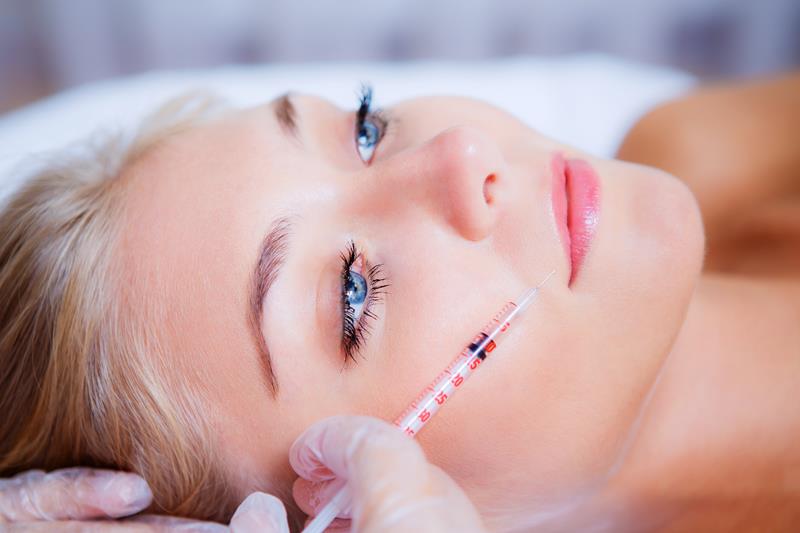If there’s one thing many of us hoped to leave behind in our teenage years, it’s acne. Unfortunately, for many adults, breakouts persist—or even begin—in their 30s and 40s. And while dealing with acne in your adult years might not involve high school hallways anymore, the emotional impact can be just as frustrating.
Let’s take a deeper look into why adult acne happens, what’s causing it, and how you can treat it effectively.
Understanding Adult Acne
Adult acne, also known as post-adolescent acne, typically appears in women more than men and often affects the lower half of the face—especially the jawline, chin, and cheeks. These breakouts can range from occasional pimples to persistent, cystic acne that’s painful and difficult to manage.
Common Characteristics of Getting Acne 30s-40s:
- Deep, painful cysts
- Redness and inflammation
- Breakouts during hormonal changes
- Acne scars that take longer to heal than in teenage years
What Causes Acne in Your 30s and 40s?
Contrary to popular belief, acne isn’t just a teenage issue. Your skin reflects what’s going on inside your body, and several factors can trigger breakouts well into adulthood.
1. Hormonal Fluctuations
Hormonal changes are one of the biggest triggers for adult acne. You may notice flare-ups:
- Around your menstrual cycle
- During pregnancy or postpartum
- Due to perimenopause or menopause
- From starting or stopping birth control
2. Chronic Stress
Stress increases cortisol, which can stimulate your sebaceous glands to produce more oil. More oil = more clogged pores = more acne.
3. Poor Sleep & Lifestyle Habits
Late nights, irregular sleep, poor hydration, and a lack of exercise can all disrupt your body’s balance, leading to inflammation and breakouts.
4. Comedogenic Cosmetics & Skincare
Makeup and skincare products labeled as “non-comedogenic” are less likely to clog pores. If you’re using products with heavy oils or irritating ingredients, your skin might be reacting.
5. Hair Care Products
Shampoos, conditioners, or styling products can irritate the skin along your hairline and cause pomade acne.
6. Cell Phones & Dirty Pillowcases
Your phone collects bacteria from your hands and environment. When you hold it to your face, you may be transferring that bacteria onto your skin. Same goes for pillowcases that aren’t changed regularly.
7. Dietary Triggers
Some studies show links between acne and:
- High-glycemic foods (white bread, sugar)
- Dairy products
- Processed and salty foods
While diet may not be the root cause for everyone, keeping a food diary can help identify possible triggers.
How to Treat Adult Acne
Thankfully, there are more options than ever to treat adult acne—both naturally and clinically.
At-Home Strategies:
- Hydration: Drink plenty of water daily.
- Balanced Diet: Eat more whole foods and cut back on sugar and dairy.
- Gentle Skincare: Use cleansers with salicylic acid or benzoyl peroxide.
- Avoid Touching Your Face: Hands carry oil and bacteria.
- Clean Your Phone & Pillowcases Regularly
Supplements That May Help:
- Zinc
- Omega-3 fatty acids
- Vitamin A (consult your doctor first)
- Probiotics
In-Office Treatments for Adult Acne
If at-home solutions aren’t cutting it, consider professional treatments. Dermatologists and plastic surgeons offer a variety of non-invasive therapies tailored to adult skin.
Popular Options Include:
1. Light Therapy (LED)
Uses specific wavelengths to target bacteria and reduce inflammation.
2. Vacuum-Assisted Extractions
Gently cleans out pores using suction without damaging the skin.
3. Facials & Medical-Grade Peels
Help exfoliate, hydrate, and rebalance acne-prone skin.
4. Microneedling & Microdermabrasion
Stimulates collagen and improves the appearance of acne scars.
5. Prescription Treatments
Topical retinoids, oral antibiotics, hormonal therapy, or even spironolactone for women.
Don’t Let Adult Acne Lower Your Confidence
Dealing with acne in your 30s and 40s can feel unfair—but you’re far from alone. With the right lifestyle adjustments, skincare routine, and potentially professional treatments, you can regain control of your skin and your confidence.
If you’re struggling with persistent breakouts, schedule a consultation with a qualified skincare specialist or plastic surgeon to explore your treatment options and build a customized skincare plan.




